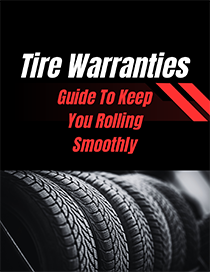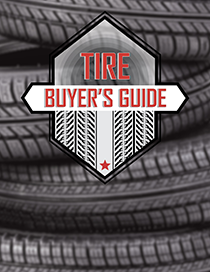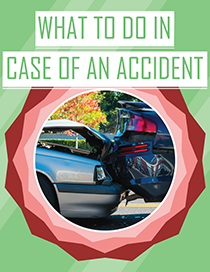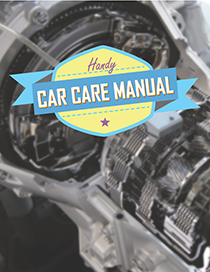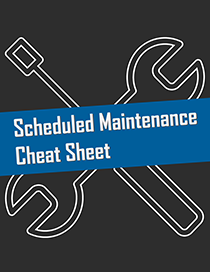The Best Way to Prevent Tire Failure
Tire failure is something all drivers need to be concerned about. You spend a lot of money on your tires. More importantly, when you drive, you depend [prevent tire failure] on those tires for your safety and the safety of those you love. The good news is that the most common cause of tire failure is a condition that is highly preventable – under inflated tires.
One of the best things you can do to protect your tires is to make sure they are properly inflated. Under inflation causes a number of problems in tires including increased stress, friction, and overheating. When tires do not have the proper amount of air, sidewall flexing can occur and eventually lead to a rupture. Overheating can cause the rubber to degrade, which makes tires weaker and more prone to failure.
According to the NHTSA, four out of five drivers are driving on improperly inflated tires. There are many benefits of maintaining correctly inflated tires. Not only can you greatly reduce the risk of tire failure with proper inflation, you can also save as much as 11 cents per gallon on fuel and increase tire life by an average of 4,700 miles.
The right pressure to prevent tire failure
The right pressure to prevent tire failure varies from vehicle to vehicle. The best recommendation for your specific vehicle is listed in your owner’s manual. There is a tire pressure number stamped on the tire, but that number is the tire’s maximum pressure, not the recommended pressure.
How to check tire pressure
Make sure you have a working tire gauge. Both manual and digital models are available. Check the pressure when the tires are cold – meaning the vehicle hasn’t been driven for at least three hours. Remove the valve cap and press the tire gauge on the valve stem. You’ll hear a hissing sound when you first press down, which stops once you press the gauge all the way down. Only a few seconds are needed to obtain an accurate reading. If air is needed, you can fill tires with either a portable compressor, or you can use the air pump at your local gas station. The process of filling tires is similar to checking the pressure. Instead of pressing the gauge to the valve stem you will press the fitting on the air hose to the stem. Check the pressure as you inflate until you reach the right pressure number. If your tires are over inflated, you can remove air from the tires using your gauge. Remember to put the valve caps back on each tire when you are finished.
Check the pressure of your tires monthly to greatly reduce your chance of tire failure. Since road debris or other unforeseen circumstances can still lead to tire issues, be sure to check the pressure of your spare while checking your other tires so you are always prepared.

